Literature of memory and its types
Why people write memoirs and keep diaries and what the book market offers in this genre
American expert in literature G. Thomas Couser claims in his book Memoir: An Introduction that not details and stylistics but the “wisdom and self-knowledge” of the main character, which is always the author, attract readers in memoir literature.
Memoirs as genre of literature have existed for a long time. Commentaries on the Gallic War by Julius Cesar is considered one of the first memoirs in the world. But this type of prose is assumed to appear in the way we imagine it in the 15th century. Then diplomat Philippe de Commines recorded the events that happened to him in his country. It became an important historical document about the French and Burgundian courts. While the daughter of Henry II of France and Catherine de' Medici Margaret of Valois who is popularly known as La Reine Margot became the first woman who wrote memoirs during that period.
Memoirs continue remaining quite a popular genre. But unlike autobiography, they don’t provide a definite report on somebody’s life. Memoires are a series of shaping or notable memories and events that had a certain influence on the author. The narration is mainly focused on the author’s thoughts and feelings that were consequently integrated in the personal experience and formed the writer’s certain views.
For instance, American writer Henry David Thoreau published the book Walden in 1854. He described in the book, as you understood, his experience of living in the forest in New England. In 1937, Out of Africa by Karen Blixen under her pen name Isak Dinesen saw the light of the day. The Danish writer and baroness talks about the time when she managed a coffee plantation in Kenya. A Moveable Feast is Ernest Hemingway’s story about his stay in Paris in the 1920s as an American expat. Whereas Travels with Charley in Search of America is John Steinbeck’s memoirs about an epic trip across the country with his poodle. All this became classic of the genre.
The specifics of memoirs
Almost in all memoirs the author, aka the main character, goes through emotional evolution. This helps readers to identify themselves with the memoir’s author and his/her fight. For instance, the author can talk about the story of his/her marriage and its destruction, the loss of a close person or a history of a trip with a complicated route.
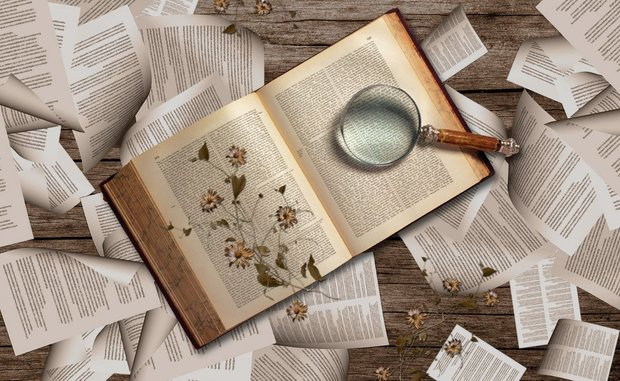
To keep reader’s attention in memoirs, there are obstacles like in fiction. They are on the way of the author when obtaining the desired or necessary thing. In the book Prozac Nation, journalist Elizabeth Wurtzel describes her battle with depression and hardships in a young women’s life in America in the 1990s. In this case, mental diseases that get worse because of the stress of entering the college, the first job and interpersonal relations. As a result, Wurtzel not only defeats depression but also learns how to live with it and tames it with the help of medicines.
In memoirs unlike in auto-fiction, it is always first-person narration. This makes the story personal and the experience subjective Though it is nearly impossible to achieve objectivity in this genre, since the events described are filtered through the author’s perspective. American writer and essayist Steve Almond once said: “Creative non-fiction is a radically subjective version of events.”
Memoirs are often limited to one theme. The author’s goal is not to capture all critical moments in life. The author tries to note only those that have a special meaning in the context of the general theme. For instance, in 2019, MIF publisher printed Ann Lamott’s book Bird by Bird. Some Instructions on Writing and Life. It is one of the most popular books about writing based mainly on Lamott’s personal experience rather than an instruction on writing books.
But the authenticity of narrated information is the main characteristic of any memoirs. If autobiographies are created on the basis of documental notes, memoirs are a literary presentation of the memory. Like memories, they can be inaccurate. But at the same time they must comply with the author’s memory. If the information in memoirs is deliberately distorted, they should be considered as fiction or auto-fiction.

Readers believe that a memoir writer will tell them the truth. And if the author violates this trust, at best this leads to a scandal, in the worst-case scenario, it will lead to the destruction of the career. In 2003, novelist James Fray published memoirs A Million Little Pieces about the experience of rehab in a clinic for drug addicts. And then there appeared proof that the writer invented key events of the story. And this lie disrupted what, as readers think, is the author’s responsibility for the true interpretation of the story. The publisher that must verify the authenticity of the information published was also affected.
How memoirs differ from diaries
Many people keep diaries, but relatively few publish them. They can be written or in a video format but always classified by date. Mainly events of the past day or certain period are documented in diaries. They are traditionally written down in notebooks, but with the coming of the Internet and blogs, this genre moved to social media.
A personal diary includes a person’s experience, thoughts and feelings excluding comments on current events if this isn’t directly linked to the writer’s experience. Though a diary can contain information for memoirs and autobiography, as a rule, it is written without the intention of further publication. Also, in diaries, readers can tack the author’s emotions at the moment when the events have just happened. However, in memoirs, the write doesn’t react but voices his stance on recent and analysed events.
In any case, reading memoirs and diaries is a very entertaining thing. It allows looking at the world through another person’s eyes and seeing the events through the prism of his/her convictions.
What memoirs and diaries to read
Jane Birkin. Munkey Diaries (1957-1982) and Post-scriptum (1982-2013), Sinbad
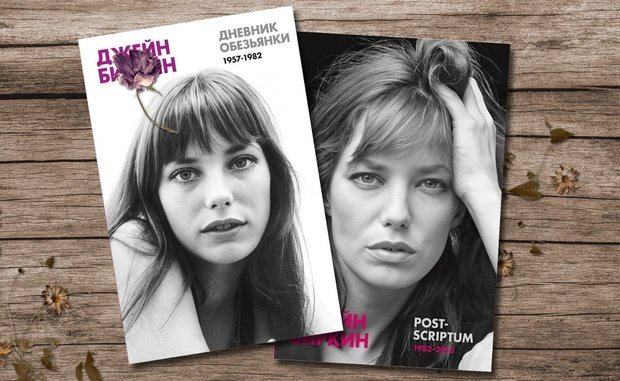
Jane Birkin is an English-French actress and singer. She was born in London but has been living in Paris almost all the time since the 1960s. She is well-known for her artistic and personal union with singer, actor and director Serge Gainsbourg. Her first diary covers a period of the boarding school and her break-up with Gainsbourg. The second diary ends in 2013 when her older daughter Kate Barry died. The peculiarity of these diaries is that they are a hybrid with memoirs. At some moments, Birkin adds comments that explain diary notes and evaluate recent events.
Ernst Jünger. Gardens and Streets, Ad Marginem
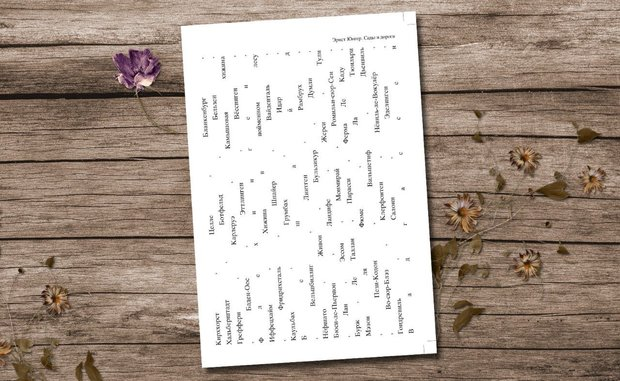
Ernst Jünger is a German writer and philosopher. He is was one of the main theorician of conservative revolution. His diaries Gardens and Streets are the first part of the six-volume The Radiation in which Jünger describes the events during the Second World War. The first book is about the advance of German troops to France. It was first published in 1942, after that, it immediately was on the list of prohibited books in Germany.
Debbie Harry. Face It, MIF

In 2006, Blondie band officially entered the Rock & Roll Hall of Fame. In her memoirs, the soloist of the legendary band frankly talks about her mind-blowing success, heroine addiction, her partner’s dangerous disease, bankruptcy, the dissolution of the band, her solo career and the reunion of Blondie. Music is present throughout the book. But besides the history of how Harry became an independent singer, Face It is also an very beautiful book with a huge number of legendary photographs.
Deborah Feldman, Reconcile, Alpina Publisher
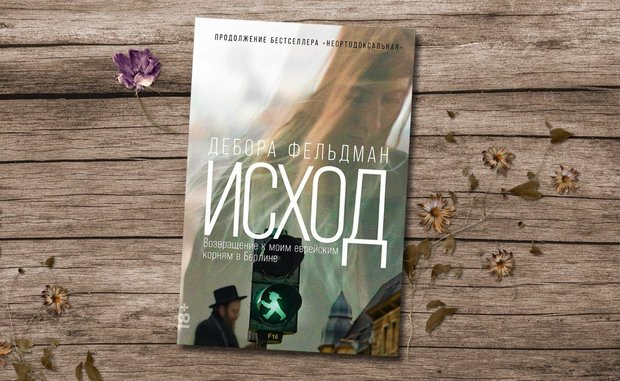
It is the continuation of Deborah Feldman’s story named Unorthodox: The Scandalous Rejection of My Hasidic Roots. Netflix based a namesake series on the book. In the first part of her memoirs, the writer talks about the life in a Hasidic community. In the book Reconcile, Feldman describes the search for herself and her life in Berlin where her mother once moved when she managed to escape from Hasids.
Natalia Rusova. Books, Years, Life, NLO

Natalia Rusova is a professor the Department of the Russian Language at Nizhny Novgorod State Pedagogical University. She set a task of writing an autobiography of a Soviet intellectual and show it through the frames of reader’s biography. Rusova talks about the books she read analysing them from a philological and historical point of view. Here literature is closely intertwined not only with the events from personal and professional life of the writer but also is immersed in the political and cultural context.
Jennifer Worth. Call the Midwife, Livebook

Jennifer Worth worked as a midwife in London from the early 1950s to 1950s. A series of her memoirs is an honest illustration of the health care system in Great Britain and its changes over these years. At the same time, Worth raises women’s problems related to the ban on contraception and abortions during that time. She tells us not only her story but also its connection with other women’s stories. Happy and unhappy women, with lots of kids or barren because of illegal abortions, living in slums or those who got flats in new blocks of flats.
Diana Vreeland. D.V. Diana Vreeland, MIF
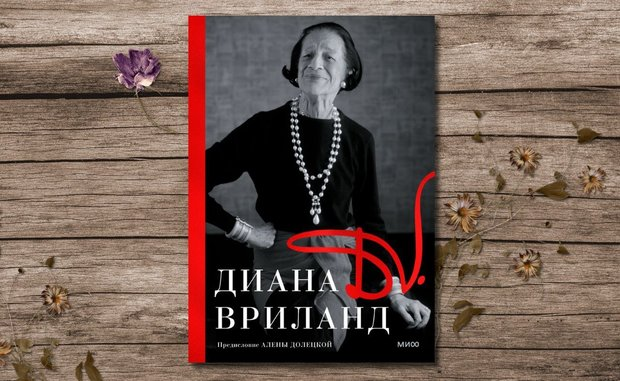
Diana Vreeland is a fashion editor of Harper’s Bazaar and editor-in-chief of American Vogue. Her memoirs are ironic stories not only about the life of glamour journalist but also reflections about the occurrences and events around it. The readers moves from English palaces to Paris nightclubs and then to the high society of New Year of the 1930s. All this is a background where Vreeland’s start shines. And her friends are by her side: Coco Chanel, the duke and duchess of Windsor, Clark Gable, Jack Nicolson and other celebrities.
Evelyn Waugh. When the Going was Good, CoLibri

Evelyn Waugh is a novelist who is considered one of the finest stylists in English prose of the 20th century. His book When the Going was Good is classic memoir about travel. Together with the writer, the reader goes to the Mediterranean and Near East, Abyssinia, Brazil and British Guiana. Memoirs were printed after WWII, but it includes stories from his travels across the world before the war. The book When the Going was Good describes the time when travelling was something obvious, and then the world changed beyond recognition.
Mršavko Štapić. The Volunteer's Playlist, Inspiria
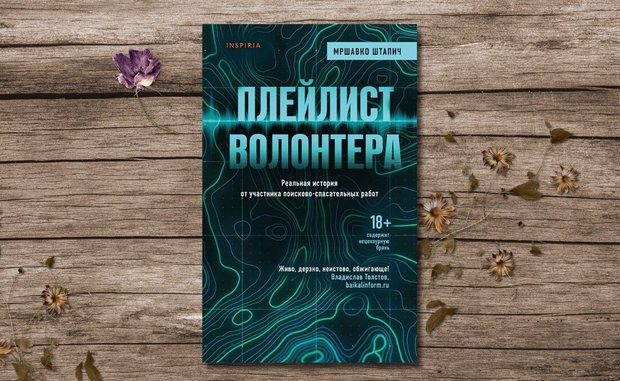
In this book, the author describes his experience of participating in a search party. Every chapter bears the name of some song that is associated with a specific event from Štapić’s life. Though the book raise serious themes and the reader sees sometimes horrifying stories, it is easy to read. Add the author’s great sense of humour, which is black at times, and even poignant sarcasm here. As a result, it is almost impossible to stop reading.
Olga Gromova. Sugar Child, CompasGid
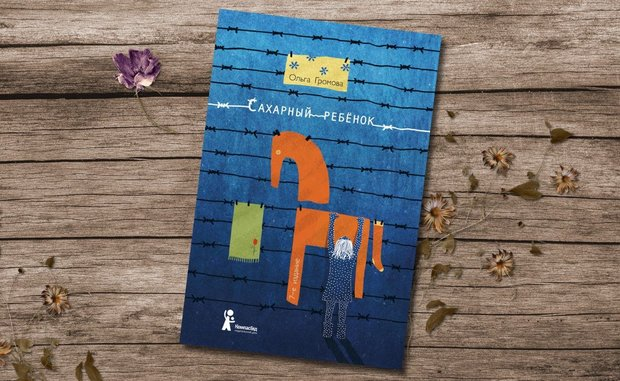
Sugar Child is a warm, delicate and at the same time sad book. Gromova wrote it based on Stella Nudolskaya’s words. Her childhood was in the late 30s and early 40s of the past century. Stella’s father was sent to a labour camp in Magadan, while the girl and her mother were sent to Kyrgyzstan as family members of the people’s enemy. But despite all the hardships and grim fate, the book is covered with kindness and optimism. By the way, it is a book for children, but will suit adults too.
Iris Apfel. Iris Apfel: Accidental Icon, Alpina Publisher
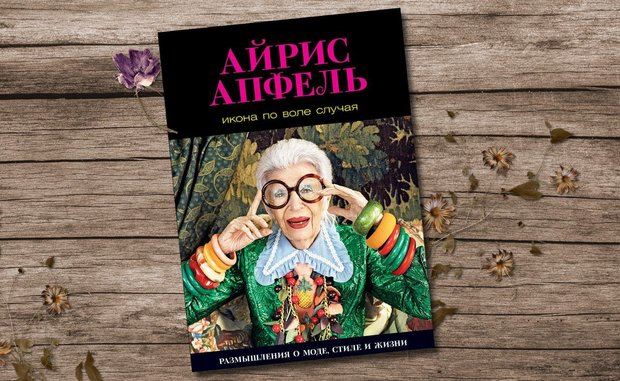
Iris Apfel is 101 years now, she was 98 when the book was written. She calls herself as “the oldest teenager in the world.” And the world considers her the icon of style. Though she has never aspired to have such a big title. Her book is as bright as Iris herself. Iris Apfel: Accidental Icon is Apfel’s reflections about fashion and style, dresses and accessories, about life, love and people.
Glennon Doyle. Untamed, Livebook

Glennon Doyle’s story is about a brave woman who once understood that her children didn’t need an exhausted and unhappy mother. She decided to show with her own example how important it is live a full live, to be honest with yourself and listen to your inner voice. This is the secret of happiness. Doyle dared to leave the husband she didn’t love and completely rebuild her life. After that, she learnt how to accept her body and respect her own emotions, permitted herself to be free and dream. All this helped her to be in harmony with herself, the world and people around.
Vera Florenskaya. My Life, NLO
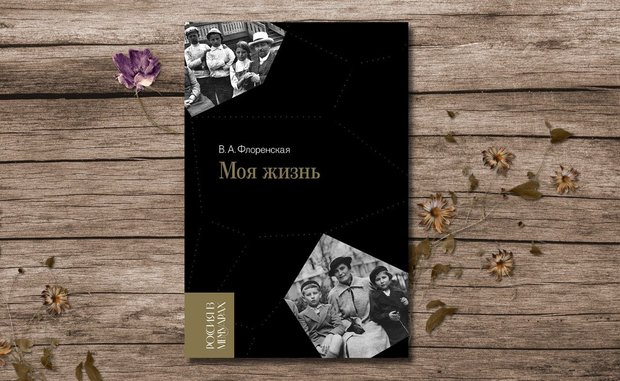
Vera Florenskaya is a priest’s granddaughter. She was born in the early 20th century in 1900 and saw almost all events of the century. My Life is a memoir that talks about the revolution and the First World War, arrests, the camp and repression, pre-war years and the Second World War, rehabilitation and years of stagnation. Historical events are closely interlinked with personal ones: the childhood, studies, a marriage with Leonid Ginsburg, his further arrest and quests in camps. It is a unique document about a big historical era through the prism of the priest’s granddaughter’s life.
Reference
Ekaterina Petrova is the founder of Makulatura book club and author of Poppy Seed Muffins telegram channel.